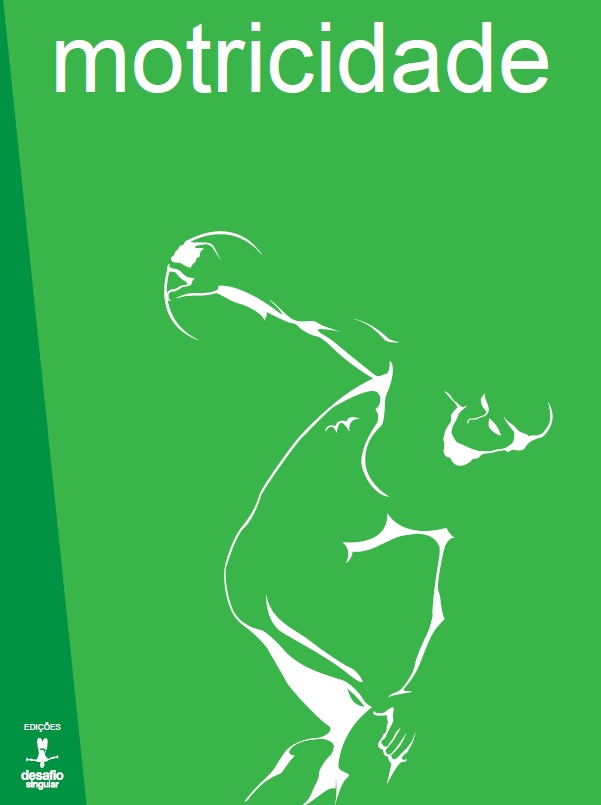Futsal as a strategy for the improvement of elementary abilities and for the development of the body image in children
DOI:
https://doi.org/10.6063/motricidade.12299Abstract
This current study aims to analyze the contribution of futsal practice in global praxis and body image in children in a specialized motor stage, evaluating the motor performance before and after an intervention in the following factors: hands and feet global praxis and body image. It was adopted the application method of 18 one-hour twice a week session, divided into three modules, I) displacement activities in different directions; II) coordination activities and reaction time and III) throwing and kicking activities. Twenty male participants, aged 8 to 12 years, with normal motor development were used. The survey was conducted at a private school. The results found were a significant improvement in the hits of the tennis balls with hands and make the number of hits in kicking the ball with his feet. Regarding the analysis of body image after the proposed intervention, the children has shown the body parts performance incorporated in drawings that were not previously present. It is concluded that there are positive contributions of the futsal practice in respect to the global praxis practice and body image in children in a specialized motor stage.
Downloads
Published
Issue
Section
License
The authors of submitted manuscripts must transfer the full copyright to Journal Motricidade / Sílabas Didáticas Editions. Granting copyright permission allows the publication and dissemination of the article in printed or electronic formats, and copyrights start at the moment the manuscript is accepted for publication. It also allows Journal Motricidade to use and commercialise the article in terms of licensing, lending or selling its content to indexation/abstracts databases and other entities.
According to the terms of the Creative Commons licence, authors may reproduce a reasonable number of copies for personal or professional purposes, but without any economic gain. SHERPA/RoMEO allows authors to post a final digital copy (post-printing version) of the article on their websites or on their institutions' scientific repository.


